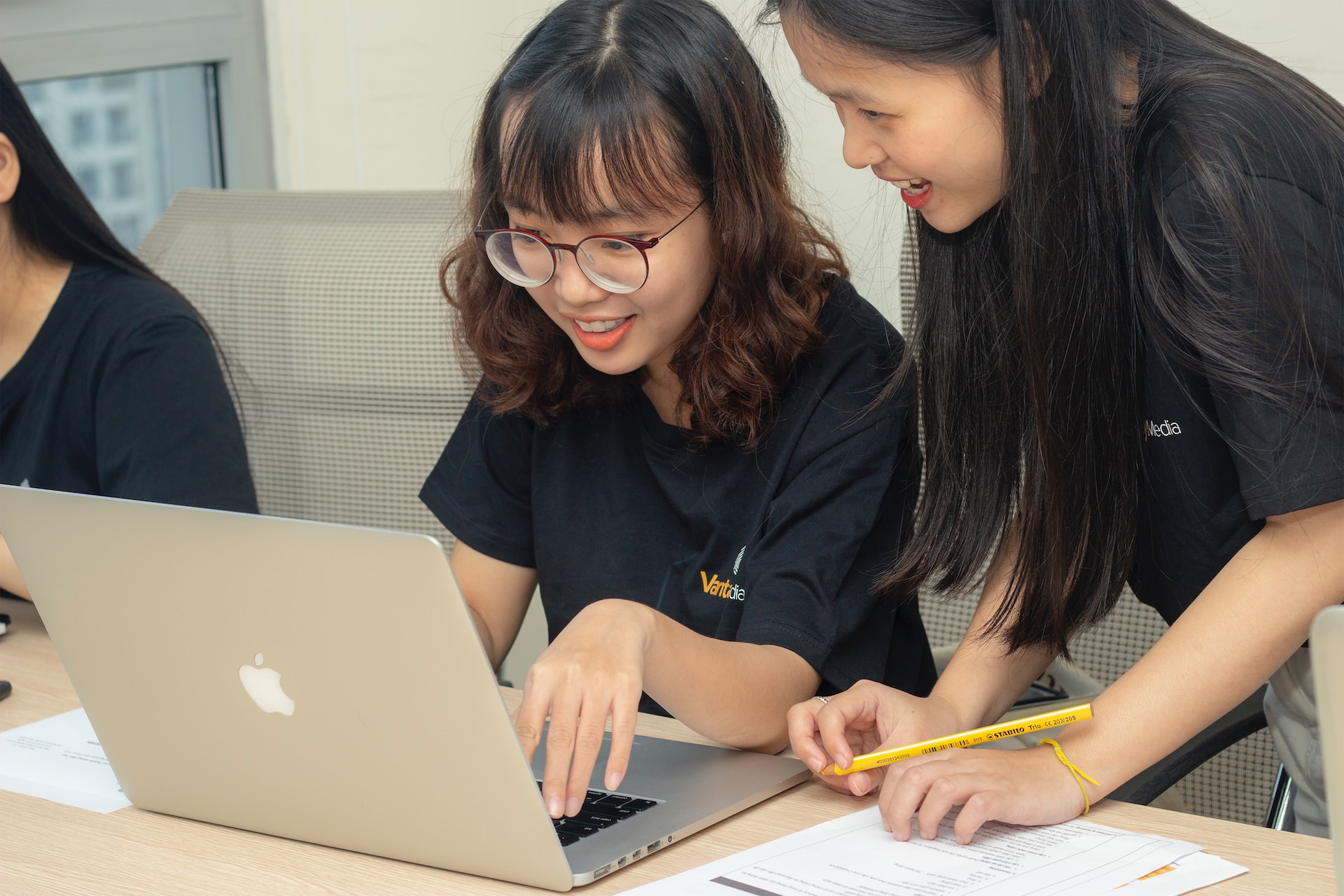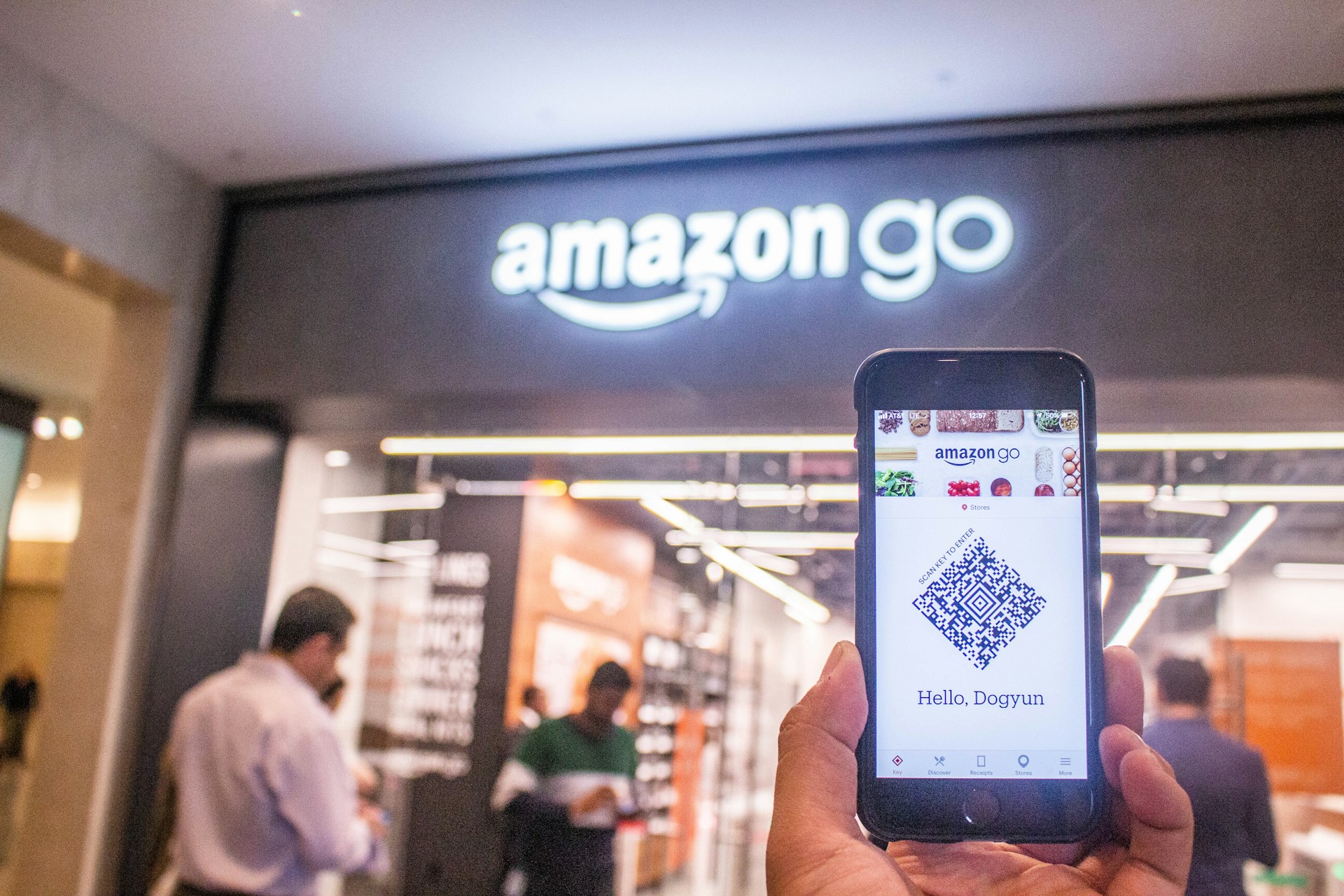
Is AI in Education a Good Idea?
June 29, 2023 - Emily Newton
Revolutionized is reader-supported. When you buy through links on our site, we may earn an affiliate commission. Learn more here.
Will AI in education be good or bad for students? The emergence of powerful generative AI models like ChatGPT is changing the game in education technology. Students now have access to algorithms that can generate entire essays in mere minutes. Can this technology benefit students or is bringing AI to the classroom a bad idea?
Uses for AI in Education: Current and Future
When people talk about the role of AI in education today, they are often referring to cutting-edge applications that aren’t widely used yet. The reality is that rudimentary AI models have been part of education for years now.
Generative AI is changing things, though. Models like DALL-E and ChatGPT are significantly more powerful and capable than the AI models of even two or three years ago. As a result, new applications for AI in education are emerging, creating new ethical and practical concerns.
Today’s Uses for AI in Education
Basic AI is relatively commonplace in education today. Usually this consists of automating simple tasks like grading practice quizzes or leading students through gamified learning experiences.
A great example is the popular language learning platform Duolingo. Using basic machine learning principles, Duolingo adjusts study patterns based on individual students’ performance. If a student consistently gets a certain vocabulary word wrong, Duolingo will focus more on practicing that word.
Whether or not automated grading technologies like this qualify as “artificial intelligence” is up for debate. However, the same foundational principles still apply. Aspects of learning are being automated using an algorithm that monitors individuals’ activity and changes behavior accordingly.
Emerging Uses for AI in Education
Generative AI has the potential to take AI in education far beyond simple task automation. As AI models get more powerful, they’re becoming increasingly adept at using natural language, translating languages, performing complex math and even coding.
Generative AI isn’t “railroaded” onto a single standardized experience, either. As a result, it can customize the experience an individual user gets in real-time. This big technological leap has many potential uses in education.
For example, students could use generative AI to create original, personalized study guides and practice tests. They could practice their language skills by conversing with a natural language AI. In fact, Duolingo is already using GPT-4 to create personal tutoring AI chatbots that help students learn new languages. Students could also use AI to simplify complex concepts or passages of text, almost like a personal tutor.
Robotics developers are even using today’s cutting-edge AI technology to create robots that help young children socialize. For example, the children’s robot “Moxie” understands natural language, remembers facts and preferences of users, and even has facial expressions. The little AI robot can have conversations, tell stories, play games and help teach kids social skills.
There are also many emerging applications for generative AI for teachers. These include creating schedules, worksheets, lesson ideas and study materials in mere minutes. Teachers could even use AI to help them analyze student performance data and identify important trends.
How AI in Education Can Benefit Students and Teachers
Considering the many uses for AI in education, it is definitely worth considering how it could benefit both students and teachers. Generative AI certainly has its flaws, but more development and innovation could iron these out over the next few years. That effort could pay off with valuable benefits for students and educators who make use of AI.
AI-Powered Tutoring
For example, one of the biggest possible benefits of AI in education is greater availability of independent tutoring. Private tutoring is associated with significant improvements in educational performance and test scores. Unfortunately, it remains very expensive, putting it beyond the reach of most families and students. This puts students from impoverished backgrounds at a disproportionate educational disadvantage.
As Khan Academy founder Sal Khan points out, AI could expand tutoring access to virtually everyone. Generative AI could create a personalized, one-on-one learning experience for every student, leveling the playing field.
Student Counseling With AI
The same thing applies to student counseling. Mental health is a serious challenge for many young people today. Studies show at least 60% of Gen Z teens between 14 and 17 years old struggle with depression. Therapy and counseling can make a huge difference in mental health outcomes, but it is often too expensive for students and families to afford.
With AI, schools can provide private, immediately accessible mental health support for students. AI chatbots are already popular for commercially available mental health services today. Bringing that technology to schools’ counseling programs could ensure that all students have the support they need to succeed.
Multi-Lingual Support for Teachers and Parents
Millions of students around the U.S. are learning to speak English as a second language. In fact, up to 20% of students are English learners in some states, particularly Texas and California. These students usually have parents or guardians who also do not speak English as a first language. AI can improve communication between these parents and their children’s teachers using natural language processing.
With the help of AI, conversations can be translated in real-time. Removing the language barrier for parents can empower them to build stronger relationships with their children’s teachers. As a result, they can work with teachers more effectively to support their children’s education. This helps teachers, too, who can benefit from a clearer understanding of their students’ lives at home.
Potential Risks of AI in Education
Despite the many benefits of AI in education, there are also some serious drawbacks. While AI can be used for good, it can also be used to break or bend rules. Additionally, the shortcomings of this technology can inhibit its ability to effectively serve students and teachers.
Increased Risk of Cheating
One of the most obvious drawbacks of generative AI in education is the possibility that students will use these algorithms to cheat. Generative AI makes it exceptionally easy to create content like essays without doing any of the actual writing or reading. Students don’t even need to pay someone else to write an essay for them. They can simply ask ChatGPT.
The same can apply to assignments like research projects or even coding coursework. ChatGPT is capable of writing functional computer code today. So, the risk of cheating with AI doesn’t just apply to English or History courses. Additionally, the quality of modern AI content can be so good that it is difficult to tell it is fake.
Spread of Misinformation
Generative AI can be prone to generating completely fictional information and passing it off as legitimate. This is one of the big downsides to using this technology for learning. Algorithms like ChatGPT are very good at mimicking realistic human speech. Unfortunately, this means that AI can make false or misleading content appear authoritative.
Research has shown that ChatGPT-4 generates more misinformation than previous versions of the AI. OpenAI, the developer of ChatGPT, claimed that GPT-4 would reduce rates of false information generation, but unfortunately this remains a big problem. Students are particularly vulnerable to this issue since they may struggle to identify false information.
Creating Ethical Education AI Models
Considering all of the benefits and risks, is AI in education a good idea? At the end of the day, it depends heavily on how it’s used. There are clearly some valuable use cases for this technology. AI can remove language barriers, improve equity in education and support large-scale personalized learning.
There’s also clearly a point where AI becomes more harmful than helpful, though. Generative AI should not be relied on as a source of authoritative information or as students’ main learning resource. AI developers also need to create tools and regulations that minimize the potential of cheating.
OpenAI is already taking a step in the right direction. In January 2023, they released a new “text classifier” tool. This tool allows users to detect AI-generated content. While it isn’t foolproof, it can help educators catch students who are cheating using AI.
Developers need to take a human-centered approach when designing AI, as well. Educational AI developers should prioritize eliminating discrimination and misinformation. Teachers should also be included in the design process to ensure that AI-powered learning tools meet the real needs of students. Additionally, educational AI models should have safeguards in place to protect students from generating or accessing inappropriate, offensive, dangerous or otherwise harmful information.
The Future of AI in Education
For better or worse, it is likely that AI will play some role in the future of education. This could be a great thing for students, parents and teachers under the right circumstances. With a mindful, human-centered design approach, the next generation of AI in education can be safe and effective learning tools. Developers and educators need to be aware of the real risks of this technology to ensure that it supports students rather than hurting them.
Revolutionized is reader-supported. When you buy through links on our site, we may earn an affiliate commission. Learn more here.
Author
Emily Newton
Emily Newton is a technology and industrial journalist and the Editor in Chief of Revolutionized. She manages the sites publishing schedule, SEO optimization and content strategy. Emily enjoys writing and researching articles about how technology is changing every industry. When she isn't working, Emily enjoys playing video games or curling up with a good book.







